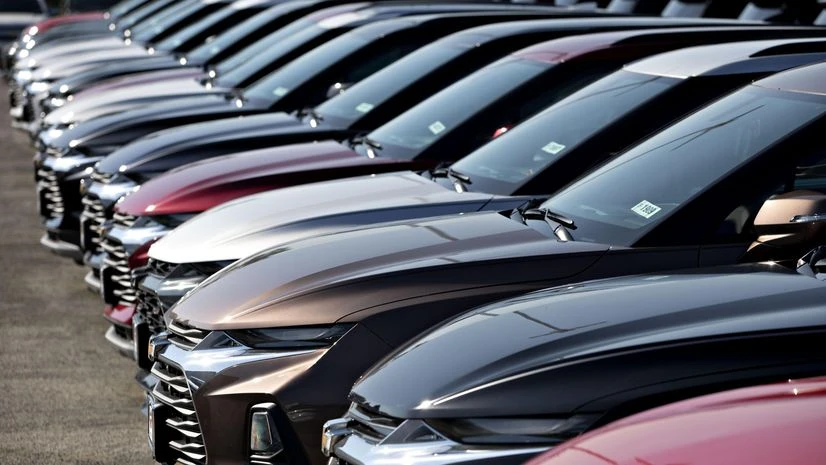The production of passenger vehicles (PVs) has been improving month-on-month, indicating an easing of the semiconductor chip supply situation. Industry insiders point out that with increased production, the wait periods for several high-demand cars have now come down.
Data from the Society of Indian Automobile Manufacturers shows that between April and July of this year, overall PV production has increased by 7.6 per cent year-on-year (Y-o-Y). Compared to the previous month, there has been an 18.5 per cent increase in production to 393,094 units in July. In comparison to April levels (316,122 units), there has been a 24.3 per cent jump in PV production in July.
Companies like Mahindra & Mahindra (M&M) and Volkswagen India have seen significant increases in production between April and July — 33 per cent and 108 per cent, respectively.
Speaking to Business Standard, Shashank Srivastava, senior executive officer of marketing and sales at Maruti Suzuki India (MSIL), said that the semiconductor chip shortage is easing out, and the improvement in production is a result of that.
“We lost around 28,000 units of production during the first quarter of this financial year, but now things are easing out, and this would reduce the wait period for in-demand cars,” Srivastava said.
Also Read
He added that for the Ertiga, it has around 95,000 open bookings, and the wait period has already come down to five to six months. Similarly, for the Brezza, it is two to three months now.
Car wait periods for popular models had extended to more than one year for some popular M&M models. An M&M dealer said that now the XUV700, which previously had a wait period of more than one year, has come down to five to six months.
“Automakers are dispatching cars much faster than before, and M&M is adding capacity. So, we are able to make deliveries faster,” the dealer said, indicating a pick-up in retail sales.
Retail sales are expected to increase during the festival season — and they have already had a good start with Onam, which saw a 25 per cent Y-o-Y growth.
Inventory with dealers at an industry level is around 300,000 units. Except for the Shradh period, sales during this festival season are expected to be high.
Srivastava said that August is likely to be the highest-ever month, surpassing the 355,400 units sold in September 2022 (the highest-ever monthly sales).
“Between April and August, 1.7 million PVs have been sold (wholesale), indicating a good year,” he added.
MSIL has 335,000 units in open bookings, and it typically retails 150,000 units every month. Thus, the liquidation of the open bookings is now likely to improve with more production of the high-demand models.
Manish Raj Singhania, president of the Federation of Automobile Dealers Associations, said that one needs to observe how the demand for A-segment (entry-level) cars performs during the festival season. A significant portion of the dealer inventory is in A-segment vehicles, which have not seen much traction, but dealers expect better demand during the festivals.
He agreed that with production growth, the dispatch of vehicles from original equipment manufacturers has improved, and wait periods have already started to reduce.
Industry insiders, however, cautioned that the semiconductor situation is dynamic and visibility usually extends only for the next few weeks. However, going forward, there is currently no anticipation of further shortages.

)
